A Nutrition Pro’s Guide to Using Veggies for Real-World Weight Loss
In all my years as a nutrition pro, I’ve watched a parade of diet fads come and go. They all seem to promise the moon, usually by making one food the villain and another the hero. But honestly, through all that noise, one thing has never changed: a diet packed with vegetables is the bedrock of good health. This is especially true if you’re trying to manage your weight in a way that’s healthy and, more importantly, actually lasts.
In this article
It’s not about finding some “magic” vegetable. It’s about understanding what different veggies do in your body and, crucially, how to cook them so you actually want to eat them.
I’ve worked with everyone from elite athletes to busy parents, and the secret sauce is always the same. Success doesn’t come from a strict list of ‘approved’ foods. It comes from building a practical, even enjoyable, relationship with what you eat. So, let’s get into the why and how of using vegetables to finally see results.

The Real Science of How Veggies Help You Lose Weight
Before we even chop a single carrot, let’s get the basic principles down. When you understand the science, you’re empowered to make smart choices anywhere, from the grocery aisle to a restaurant menu. It’s about so much more than just calories.
Energy Density: Fill Up, Not Out
The most powerful concept to grasp is energy density. It’s just a fancy term for how many calories are in a certain amount of food. Vegetables are the champs of low energy density because they’re full of water and fiber, which take up a ton of space in your stomach.
Picture this: a cup of chopped broccoli has about 30 calories. A cup of potato chips? Easily over 200. Both fill about the same space in a bowl, but the broccoli gives you that full feeling and a boatload of nutrients for a fraction of the calories. I always tell people to try a simple visual trick: fill half your plate with veggies first. It automatically lowers your calorie intake for the meal without you feeling like you’re on a diet.
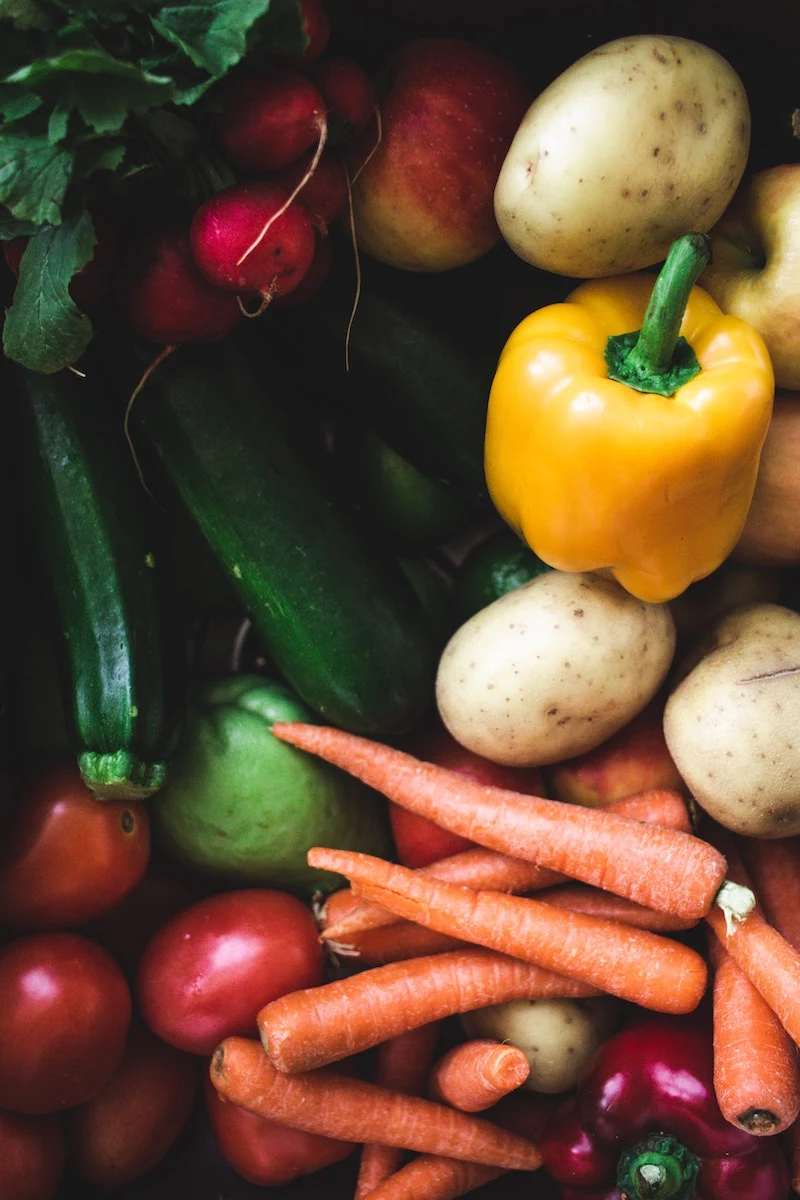
The Two Faces of Fiber
Everyone throws the word “fiber” around, but did you know there are two types? And you need both. Veggies are great because they usually have a mix.
A quick heads-up on fiber intake: The general goal is around 25 grams a day for women and 38 for men. But if you’re not used to it, don’t jump in all at once! You’ll feel bloated and uncomfortable. Start by adding just one half-cup serving of a high-fiber veggie every other day for a week to give your system time to adjust.
-
Soluble Fiber Powerhouses: Think Brussels sprouts, carrots, beans, and avocados. This type of fiber dissolves in water and creates a gel-like substance in your gut. Why is this awesome? It dramatically slows down digestion. This means you get a slow, steady release of energy, which prevents those blood sugar spikes that lead to cravings. It also keeps you feeling genuinely full for hours. Seriously, I’ve seen people kick their mid-afternoon snack habit just by adding a scoop of black beans to their lunch salad.
-
Insoluble Fiber Champions: This is the stuff in leafy greens, cauliflower, and green beans. It doesn’t dissolve. Instead, it acts like a scrub brush for your digestive system, adding bulk and helping things move along smoothly. A healthy, regular gut is a cornerstone of an efficient metabolism.
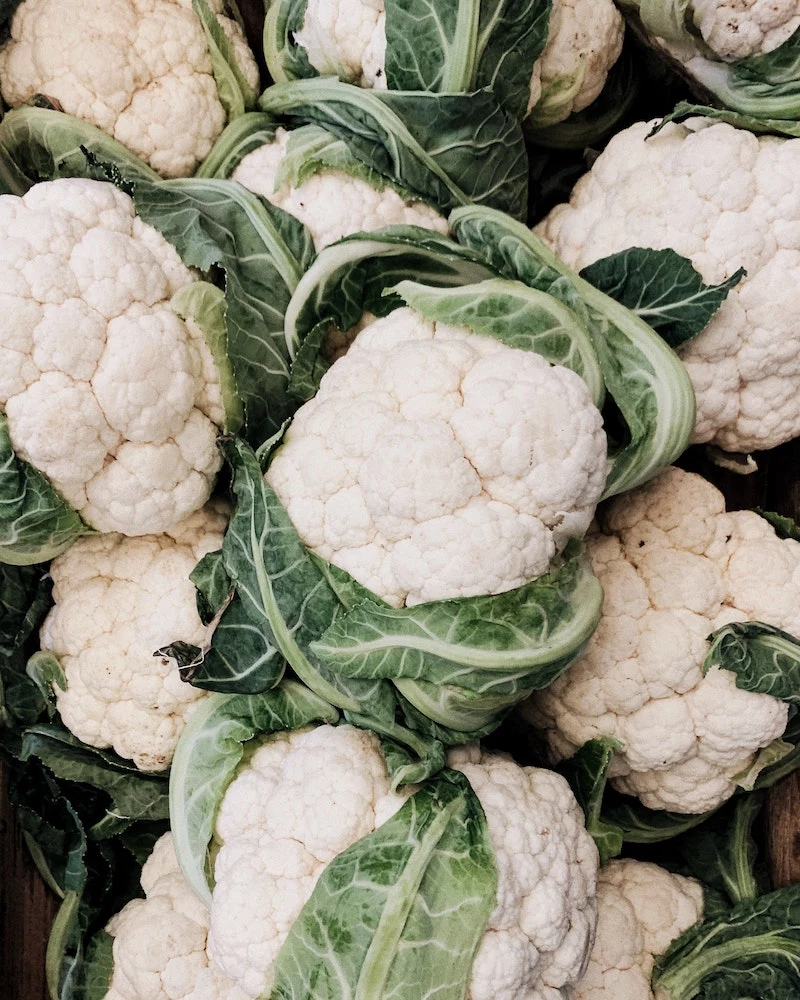
Micronutrients: The Spark Plugs for Your Metabolism
Think of your body as an engine. Calories are the fuel, but vitamins and minerals—micronutrients—are the spark plugs and the engine oil. You can have a full tank of gas, but you’re not going anywhere without a spark. Vegetables are loaded with B vitamins, which are critical for turning food into energy, and minerals like magnesium and potassium that support everything from muscle function to blood pressure. When your body is nourished on a cellular level, managing your weight just feels less like an uphill battle.
Pro-Level Prep for Your Go-To Veggies
The best vegetable is the one you’ll actually eat. Let’s be real, a mushy, boiled vegetable is a chore. But when you cook it right? It can be the best thing on your plate.
Cruciferous Veggies: The Workhorses (Broccoli, Cauliflower, Cabbage)
This family is a powerhouse—high in fiber, surprisingly high in protein (for a vegetable), and super versatile.
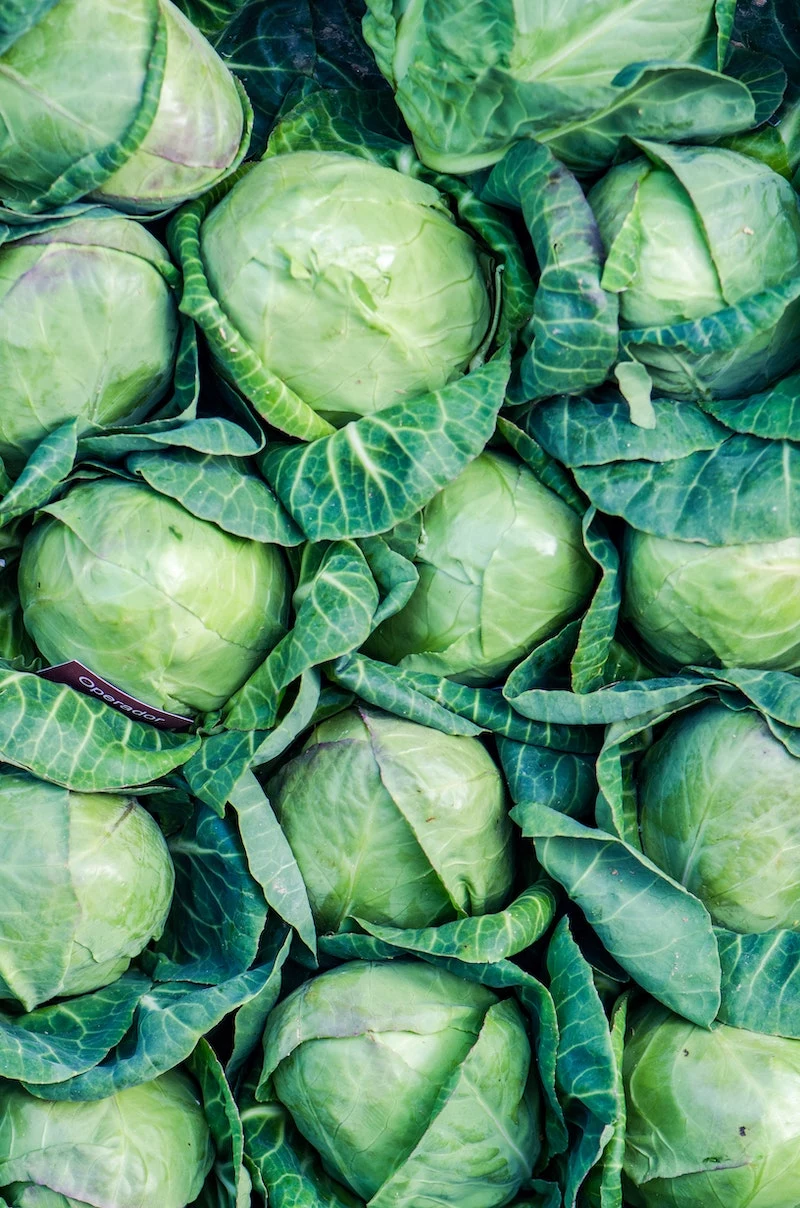
For Cauliflower: Cauliflower rice is popular for a reason, but most people make it soggy. The secret? After you grate it (a box grater is fine), you have to manage the moisture. Wring it out in a clean kitchen towel or, my favorite method, dry-sauté it in a non-stick pan for 5-7 minutes. Once it’s dry, it’s ready.
Meal Idea Quick Win: Use your perfectly dry cauliflower rice as a base for a burrito bowl or mix it with an egg and some Parmesan cheese to form a shockingly good low-carb pizza crust.
For Broccoli: Stop boiling your broccoli! High-heat roasting is the only way to go. Cut florets into similar sizes, toss with a little olive oil and salt, and spread them in a single layer on a baking sheet. The key is DON’T crowd the pan, or it will steam. Roast at 425°F (220°C) for 20-25 minutes until the edges are brown and crispy. The flavor is nutty and amazing.
Flavor Boost: As soon as it comes out of the oven, hit it with a squeeze of fresh lemon juice and a pinch of red pepper flakes. It’s a total game-changer.
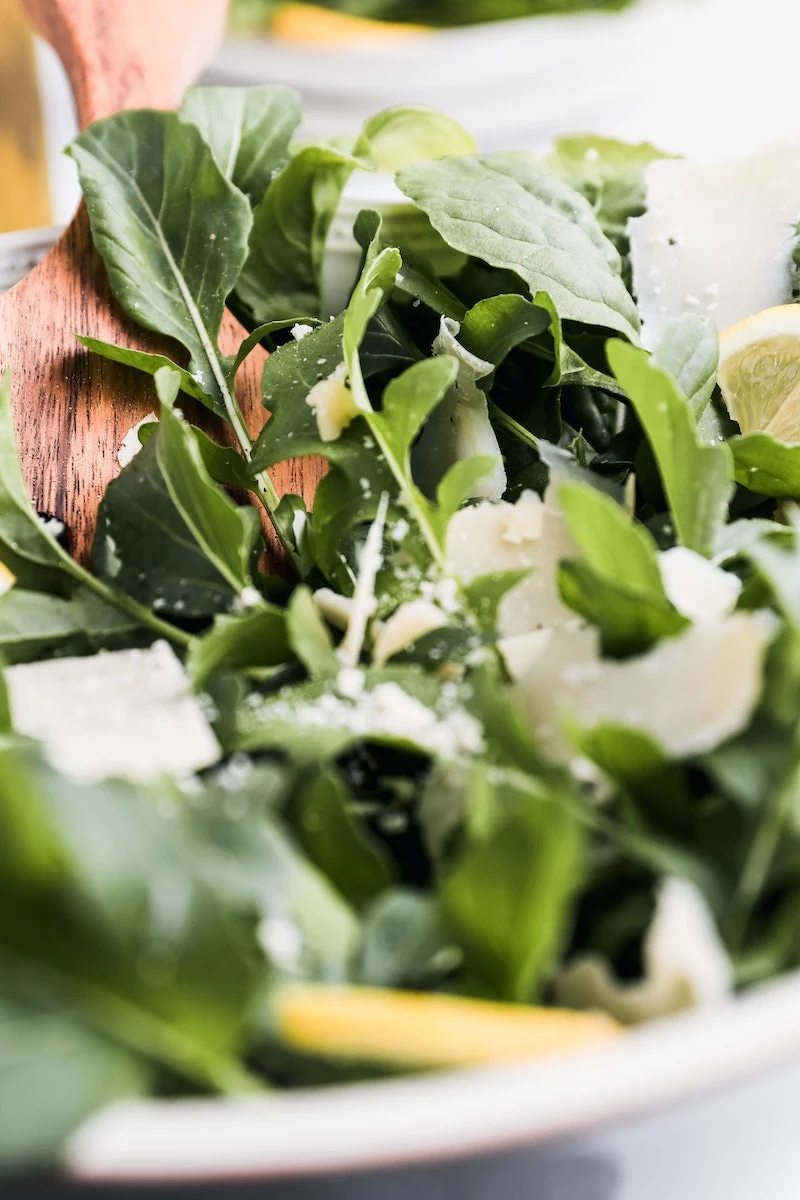
Leafy Greens: The Foundation (Spinach, Kale, Arugula)
Greens are the ultimate low-calorie bulk-builders. Learning to make a salad that’s actually satisfying is a core skill.
For Kale: Raw kale is tough. The trick is to massage it. Seriously. Remove the thick stems, chop the leaves, and put them in a bowl with a tiny drizzle of olive oil and a pinch of salt. Then, get in there with your hands and massage the leaves for 2-3 minutes. You’ll feel them soften. This breaks down the tough cellulose and makes it way more pleasant to eat.
Meal Idea Quick Win: For a simple, killer dressing, whisk together 3 tablespoons of olive oil, 1 tablespoon of lemon juice, a teaspoon of Dijon mustard, and salt and pepper. Pour it over your massaged kale, add some chickpeas and roasted broccoli, and you have a lunch that will keep you full until dinner.
The Gourd Family: Bulk-Builders (Zucchini, Spaghetti Squash)
These are my secret weapons for making meals more satisfying without adding a ton of calories.
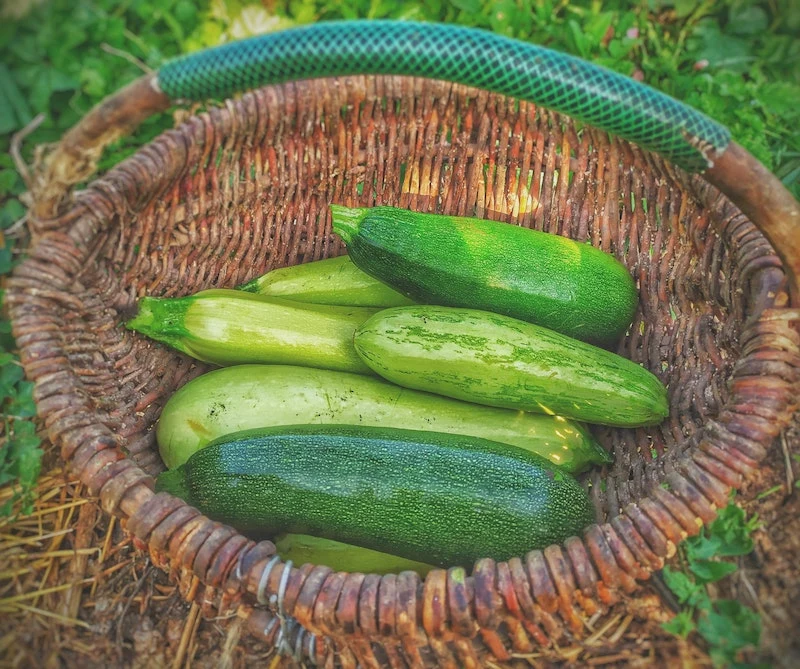
For Zucchini: Zucchini is mostly water, which can make your dishes soggy. To make ‘zoodles’ or use it in lasagna, you have to get that water out. After spiralizing or slicing, sprinkle it with salt and let it sit in a colander in the sink for 20-30 minutes. You’ll see water bead up on the surface. Now, here’s the part people always ask about: should you rinse it? Yes! Give it a quick rinse to get the excess salt off, then pat it very dry with paper towels. No more watery sauce!
Meal Idea Quick Win: Toss your drained zoodles with some good-quality pesto from the refrigerated section at the store and a handful of cherry tomatoes for a 5-minute meal.
Root Vegetables: Not the Enemy (Potatoes, Beets, Carrots)
Potatoes, in particular, have gotten a bad rap. But prepared correctly, they are incredibly satisfying and energizing.
The problem isn’t the potato; it’s the preparation. A medium baked potato is about 160 calories. Turn it into fries, and it’s over 400. Stick to baked, roasted, or boiled.
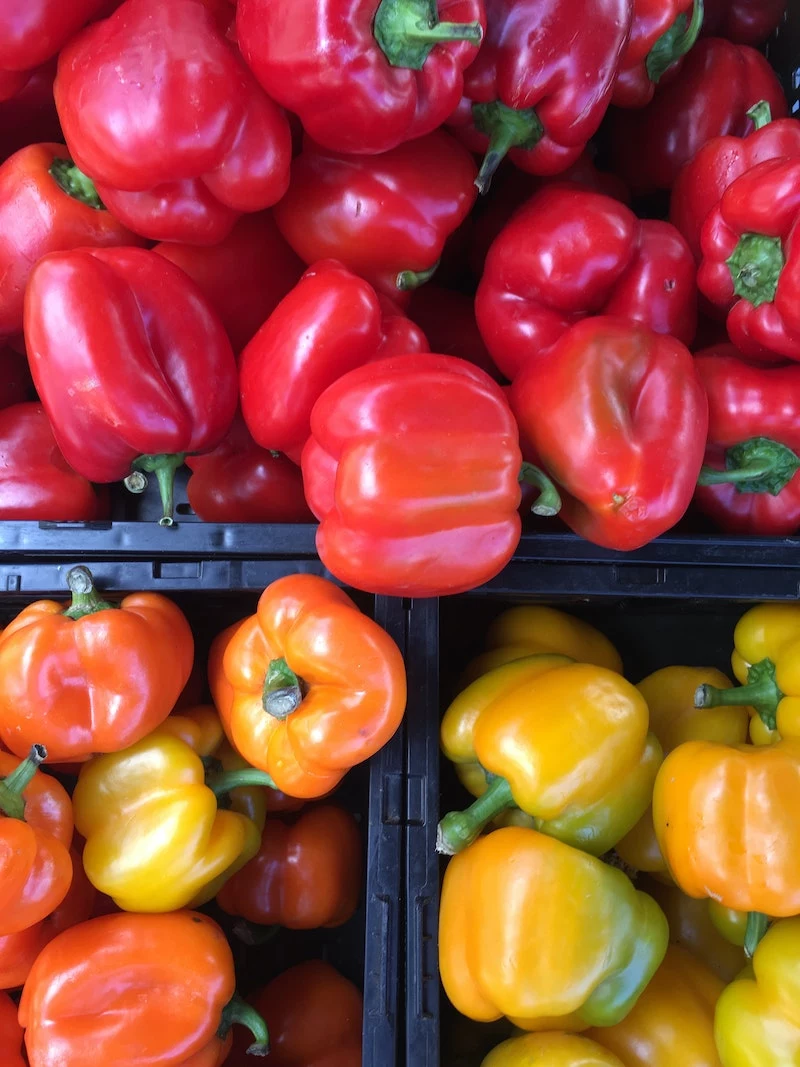
PRO TIP: The Potato Cooling Trick. Here’s a cool science-backed tip. If you cook potatoes and then let them cool completely in the fridge for a few hours, some of their starches convert into something called ‘resistant starch.’ This type of starch resists digestion, feeds the good bacteria in your gut, and lowers the potato’s overall glycemic impact.
Try It Yourself: Boil some baby potatoes until tender, let them cool completely, then toss them with a simple vinaigrette, chopped celery, and fresh dill for an incredible—and smarter—potato salad.
Making It Work in a Busy Life
Knowing what to do is half the battle; finding the time is the other half. Here are the strategies that work for real, busy people.
The Sunday Veggie Power Hour
Set aside 60-90 minutes on a Sunday. It sounds like a lot, but it will save you so much time during the week. Here’s a sample plan:
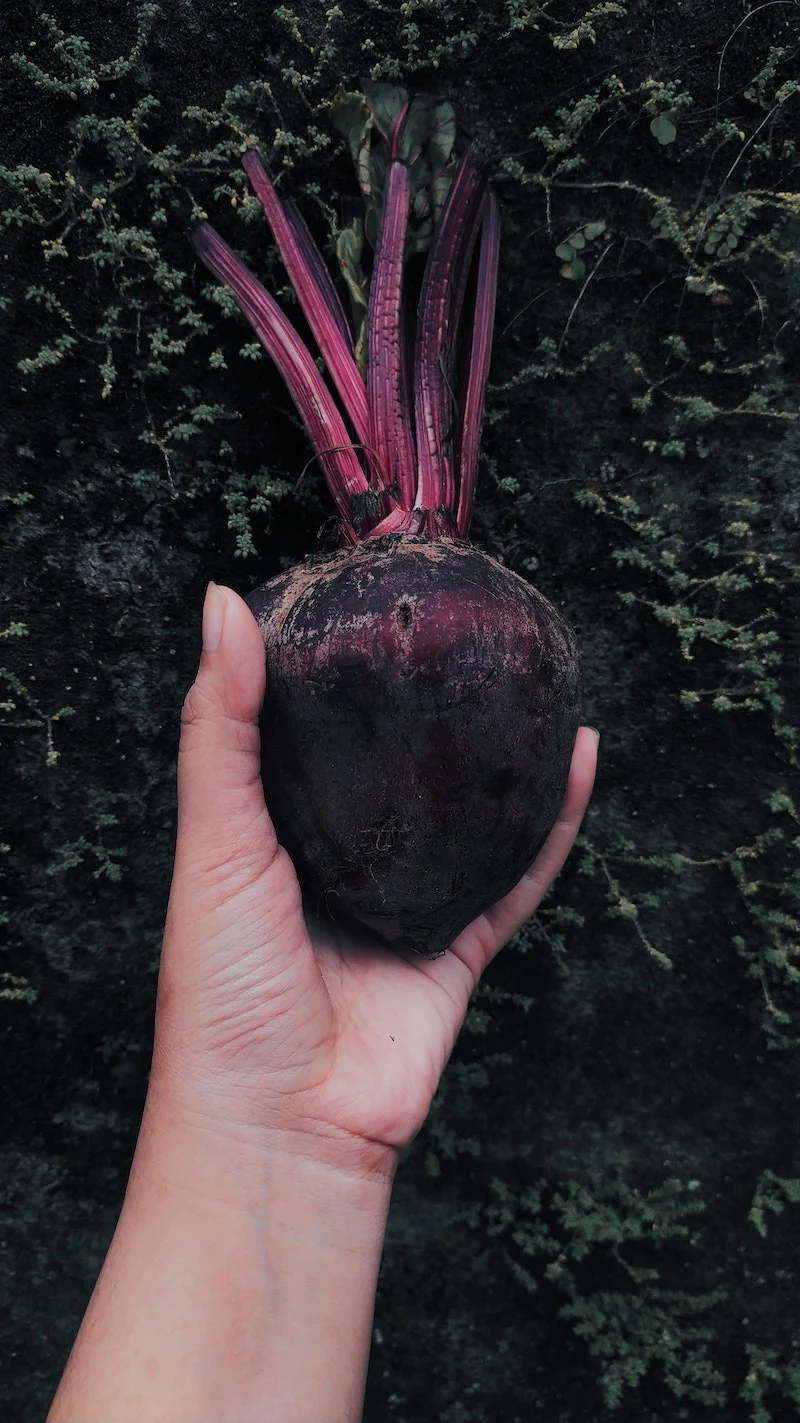
- Preheat your oven to 400°F (200°C).
- While it heats, wash and chop your sturdy veggies for the week: a head of broccoli, a couple of bell peppers, a bag of carrots.
- Toss the broccoli on a baking sheet with olive oil and salt. Pop it in the oven to roast for 20-25 minutes.
- While that’s roasting, cook a batch of quinoa or brown rice on the stove.
- Store your chopped raw veggies in airtight containers in the fridge for easy snacks and stir-fry kits.
By the time your roasted veggies are done, you have components for healthy meals all week long. A quick shopping trip for these staples should only cost you between $20 and $30 at a place like Trader Joe’s or a local market.
Don’t Fear the Freezer Aisle
Let me bust a myth for you: fresh is not always best. Frozen vegetables are a nutrition pro’s best friend. They are picked at peak ripeness and flash-frozen, which locks in nutrients. Sometimes frozen spinach has more vitamins than the ‘fresh’ stuff that’s been sitting on a truck for a week. They are cheap, they last forever, and they cut down on food waste. Canned veggies are fine, too—just look for ‘no salt added’ versions and give them a good rinse in a colander before using.
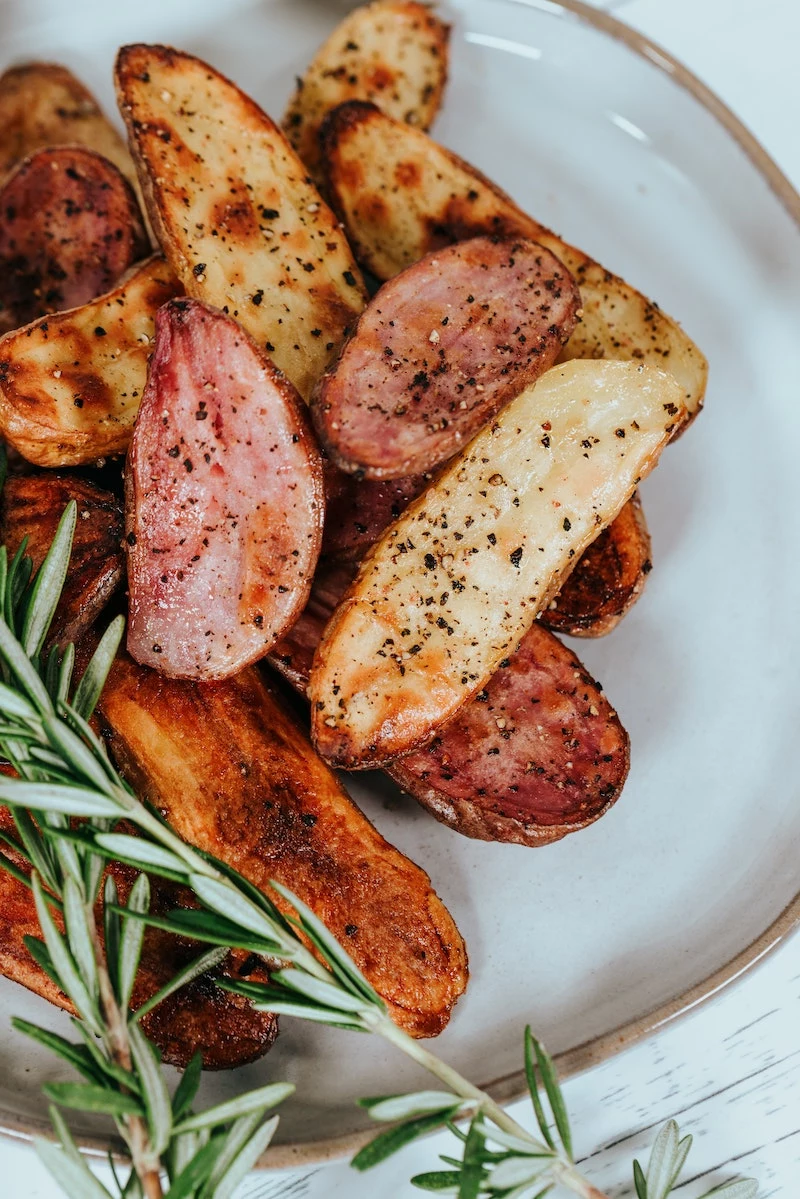
A Few Final, Important Notes
Okay, some important housekeeping. This is general guidance, not a substitute for personalized medical advice.
If you have a health condition like chronic kidney disease or IBS, you need to talk to your doctor or a registered dietitian. Some veggies might not be right for you, and a professional can help you navigate that safely.
And what about pesticides? People always ask if they should buy organic. Look, the health benefits of eating tons of veggies—conventional or organic—far outweigh any potential risks. If you’re on a budget, a great resource is the Environmental Working Group’s ‘Dirty Dozen’ and ‘Clean Fifteen’ lists. It helps you prioritize which produce is most important to buy organic. No matter what, wash all your produce well under running water.
Ultimately, sustainable progress is a complex journey. Working with a qualified pro can give you a roadmap tailored specifically to your body and lifestyle. But hopefully, these tips give you a fantastic place to start in your own kitchen tonight.
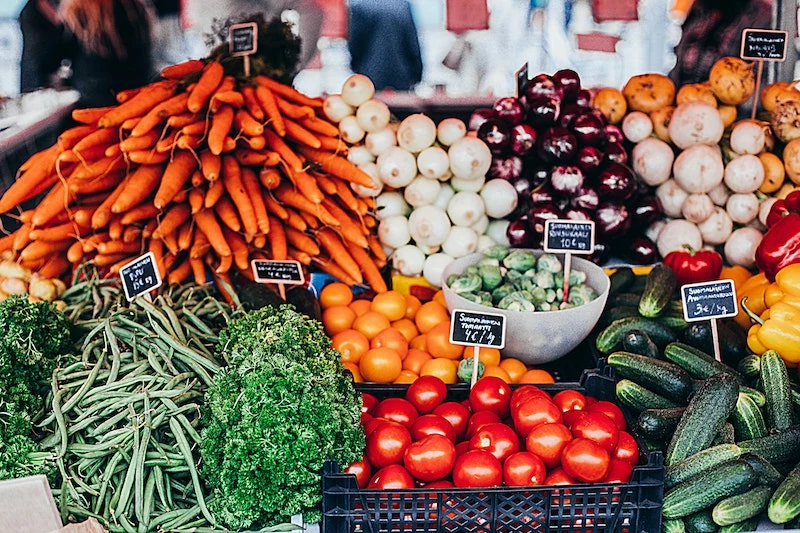
Inspirational Gallery
My “healthy” salads are bland and leave me hungry. What am I doing wrong?
This is a classic trap! A great salad is about more than just greens. Think in layers of flavor and texture. Start with a more robust base like spinach or arugula instead of iceberg lettuce. Add a source of protein (grilled chicken, chickpeas, or edamame) for satiety. Introduce crunch with a sprinkle of toasted sunflower seeds or walnuts. Finally, a hit of sweetness from apple slices or roasted sweet potato cubes can balance the bitterness of the greens. The goal is to build a satisfying meal in a bowl, not just a sad side dish.
Roasting: This dry-heat method uses the oven to caramelize the natural sugars in vegetables like Brussels sprouts, carrots, and broccoli, creating a deep, sweet, and slightly nutty flavor. A drizzle of olive oil and a hot oven (around 400°F/200°C) is all you need.
Steaming: This uses moist heat to cook vegetables quickly, preserving more water-soluble vitamins. It results in a clean, vibrant taste and a tender-crisp texture, perfect for delicate vegetables like asparagus or green beans.
For maximum flavor, choose roasting; for nutrient retention and speed, steaming is your go-to.
A study in the journal Appetite found that starting a meal with a low-calorie vegetable soup or salad can reduce total calorie intake during that meal by up to 20%.
This is the principle of ‘volume eating’ in action. By front-loading your meal with water- and fiber-rich vegetables, you trigger feelings of fullness earlier. This simple habit shift doesn’t require willpower, just a change in the order you eat your food. It’s a practical strategy that makes calorie control feel automatic rather than restrictive.
- Dresses up any salad, from simple greens to complex grain bowls.
- Transforms roasted vegetables with a final zesty touch.
- Works as a quick marinade for chicken or fish.
The secret? A foolproof vinaigrette. Just remember the 3:1 ratio: three parts oil (like a good extra virgin olive oil from Colavita) to one part acid (lemon juice, apple cider vinegar). Shake it in a jar with a pinch of salt, a crack of pepper, and a teaspoon of Dijon mustard to help it emulsify.
The freezer aisle is your secret weapon: Don’t overlook frozen vegetables. They are picked and flash-frozen at peak ripeness, often locking in more nutrients than fresh produce that has traveled for days. Brands like Birds Eye or even store-brand organic options offer incredible value and convenience, eliminating prep time and food waste. A bag of frozen spinach or mixed stir-fry vegetables is a lifesaver for quick, healthy weeknight meals.
Think beyond just salt and pepper to truly make your veggies sing. A pinch of smoked paprika can give cauliflower a bacon-like richness. A sprinkle of za’atar on roasted carrots adds an earthy, citrusy Middle Eastern flair. For a cheesy, savory flavor without the dairy, try tossing steamed broccoli with a tablespoon of nutritional yeast. A final squeeze of fresh lemon or lime juice right before serving can brighten up almost any vegetable dish, making the flavors pop.
In Japan, a traditional meal structure called ichiju-sansai—or “one soup, three sides”—is common. This naturally builds a meal around a variety of smaller, vegetable-focused dishes rather than one large entrée.
Don’t let your good intentions wilt in the crisper drawer. Store leafy greens like lettuce and spinach with a paper towel in a sealed bag to absorb excess moisture. Keep moisture-sensitive vegetables like mushrooms in a paper bag, not plastic. And remember to keep tomatoes and avocados on the counter until ripe, as the fridge can ruin their texture and flavor. Proper storage means less waste and more delicious vegetables ready to eat.
A mandoline slicer, like the popular models from OXO Good Grips, can be a game-changer for veggie prep. It creates perfectly uniform slices of cucumber, zucchini, or onions in seconds, elevating your salads and saving you significant time. It’s the key to those paper-thin potato slices for healthy baked chips or elegant vegetable gratins. Always use the hand guard provided—its efficiency comes from its sharpness!
The concept of










